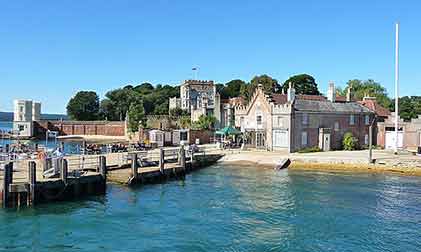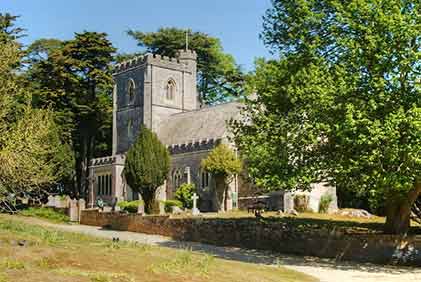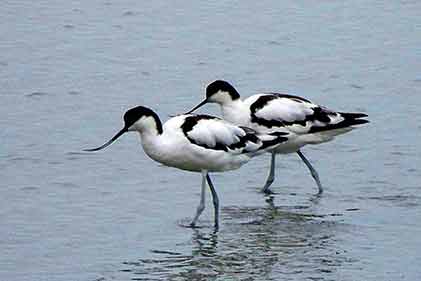Brownsea Island
A boat trip, a variety of walks, red squirrels and sika deer

Brownsea Island, Poole Harbour
Distance from Lyndhurst - 25 miles (40 kilometres) to Sandbanks
Getting there
Ferry services operate from Poole Quay and Sandbanks Jetty (20 minutes journey time from Poole Quay)
Island atmosphere
A mere 500 metres from the closest point on the Sandbanks peninsular, Brownsea never-the-less exudes island atmosphere. Maybe it's the salt-laden air, or the regular passage of small boats, yachts and the occasional larger ferry, or maybe it's the harbour crossing that cements in the mind an island vision.
Brownsea Island landscape
Broadly rectangular in shape - it is around 2.4 kilometres long and 1.2 kilometres wide - Brownsea Island contains an incredibly diverse range of landscapes that include woodland, wetland, heathland, grassland, shoreline and cliffs.
It was taken on by the National Trust in the early 1960s, and has since welcomed countless visitors each year, but rarely so many that it is overcrowded.

church of St Mary the Virgin
The castle and church
The island castle, Branksea Castle, dates back to the first half of the 16th century, but it was significantly rebuilt in the early 18th century and has subsequently been extended and modified on a number of occasions. It is now rented by the John Lewis Partnership, a generous early Brownsea benefactor, is used as a staff hotel, and is not open to the public.
St. Mary's Church was built in 1854, and continues to host regular services.
Brownsea Island - a bit more history
Evidence left over from a failed 19th century pottery industry can still be seen, and, as Brownsea was, in 1907, the site of the first Scout camp, the movement is commemorated on the island.
Brownsea Island wildlife
Perhaps not surprisingly, Brownsea Island is a well-protected haven for wildlife. The healthy population of red squirrels is splendidly isolated from their troublesome grey cousins that long ago displaced native reds from much of the mainland. Sika deer, too, are present, terns can be watched diving for fish, primarily from April until September, and grey herons and little egrets nest on the island.

Wading birds and wildfowl, particularly in autumn and winter, also occur in large numbers and include an estimated 25% of the UK's wintering population of unmistakably graceful avocets.
Brownsea Island walks
Paths and tracks provide access to much of the island - leaflets detailing suggested walks are available - although restrictions apply within the quite large nature reserve, which is managed by the Dorset Wildlife Trust.
Events
Visitors can enjoy a variety of events throughout the year - red squirrel guided walks are a regular autumn feature - and the island boasts a museum and visitor centre, shop and cafe, and an outdoor centre.
(Images:
Brownsea Island landing stage © Copyright Chris Talbot and licensed for reuse under this Creative Commons Licence
St. Mary the Virgin church © Copyright Peter Trimming and licensed for reuse under this Creative Commons Licence
Avocet, Brownsea Island (Trish Steel) / CC BY-SA 2.0).
More links
Search this site

Sadly, 58 animals were killed - 35 ponies, 13 cows, 8 donkeys and 2 sheep, whilst a further 32 were injured - 3 pigs, 9 donkeys, 11 cows and 9 ponies.
(Forty-three accidents occurred in daylight, 15 at twilight and 101 in the dark. Twenty-seven accidents were not reported by the driver involved).
Here's just one horrific example - Three donkeys killed in collision with van at notorious New Forest blackspot (Advertiser and Times)

